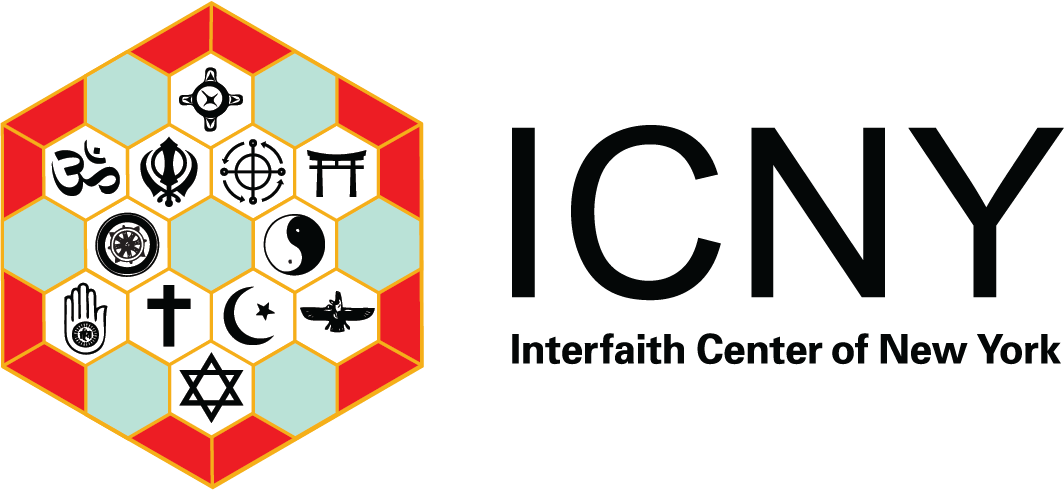In the last week of the Religious World institute, our summer scholars conduct original field research in small groups, exploring the religious life of Manhattan’s Upper West Side. We hope their work will inspire teachers throughout the country to develop student fieldwork projects. We’d love to see teams of students fanning out across the United States to document and interpret the religious diversity of their own communities.
Our summer scholars explore Sacred Gotham from the bottom up, looking for “religion” wherever it might be found and however it might be defined — in houses of worship and faith-based organizations, but also in statues and shrines, murals and graffiti, bookstores and businesses, yoga studios and restaurants, and countless other sites. They create multimedia fieldwork reports, which they share with each other on the second-to-last day of the institute.
Click the Left and Right Arrows to View Excerpts from Sacred Gotham Reports
In the 2012 and 2014 Religious Worlds institutes, our summer scholars also pinned accounts of their fieldwork sites to a custom Google Map — creating a collaborative, multimedia map of the religious life of the Upper West Side. This mapping exercise ultimately proved too time consuming for a brief, three-day fieldwork project, but it’s a great idea for tech-savvy students with a bit more time to conduct research.
Click the Left and Right Arrows to View Excerpts from the Sacred Gotham Map
If you’re designing a student fieldwork project, you may want to take a look at these texts and online resources — including field methods handbooks, an etiquette guide for visiting diverse houses of worship, and a discussion of the importance of community-based learning. The field methods handbooks are primarily intended for use in college courses, but can be adapted for use with K-12 students.
Helpful Resources for Designing Fieldwork Projects
Julia Crane and Michael Angrosino, Field Projects in Anthropology: A Student Handbook, Waveland Press, 1992. | |
Nalika Gajaweera and Andrew Johnson, Studying Faith: Qualitative Methodologies for Studying Religious Communities, USC Center for Religion and Civic Culture, 2016. | |
Stuart Matlins and Arthur Magida, How to Be a Perfect Stranger: The Essential Religious Etiquette Handbook, SkyLight Paths, 2015. | |
Studying Congregations Project, Studying Congregations Toolkit. Downloadable resources introducing a range of methodological tools for the study of congregational religious life, including the use of survey data, archival research, photos and video, interviews, participant observation, and more. Developed by leading theologians and scholars of religion, the website also includes reflections on the significance of congregational life. | |
Bonnie Stone Sunstein and Elizabeth Chiseri-Strater, FieldWorking: Reading and Writing Research, Bedford-St. Martin's, 2011. Fun and practical guide to field research and writing, including examples of field writing by accomplished scholars, novelists, and journalists alongside student research projects, to empower students to observe, listen, interpret, analyze, and write about the people and artifacts around them. | |
Michael Umphrey, The Power of Community-Centered Education: Teaching as a Craft of Place, Rowman & Littlefield, 2007. Inspiring discussion of the pedagogic and civic significance of community-based research projects by high school students, grounded in the author's experience as a classroom teacher, principal, and director of the Montana Heritage Project, as well as psychological, sociological, historical, and philosophical reflections on the importance of community as an organizing principle for secondary education. |




























